Last evening while scrolling through Instagram I came across an Image of Paan and suddenly realized how much I miss Paan. There is no option other then missing it as it is not available anywhere nearby due to the Pandemic.
Once unlocking starts I will immediately rush to the nearest paan shop and out of many varieties I will have my favourite Shahi Gulkand!
Hmmm….. Yummm…. even the name is so mouthwatering that it’s taking a lot of courage to resist the desire.
I am sorry, I forgot to tell that Paan is Betel Leaf in English known as the Green Gold of India. It is an evergreen and perennial creeper with glossy heart-shaped leaves and white catkin. The betel leaves and areca nuts enjoys its own crucial importance in Indian culture, especially among Hindus.
Many traditional ceremonies governing the lives of Hindus use betel leaves and areca nuts. For example, to pay the priest, devotees place the money in the betel leaves and then put that beside the priest.
Paan is something you will be served with in every house with the ingredients which add up to the fine taste of it, making it a mouth-watering delicacy. A Paandan (a betel leaf container) is a very common sight in every house in most parts of India. As they shape and paint their artworks , you can see their mouth stuffed with paan and they consume fresh paan at quick intervals. A small content of a volatile oil called betel-oil in the leaf creates the desired spicy, aromatic and fresh taste in the mouth.
In classical literature these effects have been appreciated and it is suggested that one should chew a paan. “…To lend beauty to the mouth and purify it, to destroy all foul odour…”
But there also a sying that excess of anything is bad for health. So I would request you to keep the consumption as frequent as once in a month or two because Paan also has the risk of disfiguring your mouth and it also leads to cancer.
104views
Share on Facebookand dont forget the fire pan(in one of the pics)!! though i never got the guts to try it
Well articulated piece.. And very interesting topic to pick.. Proud of you.. Keep it up.. Good going..
and dont forget the fire pan(in one of the pics)!! though i never got the guts to try it
Well articulated piece.. And very interesting topic to pick.. Proud of you.. Keep it up.. Good going..
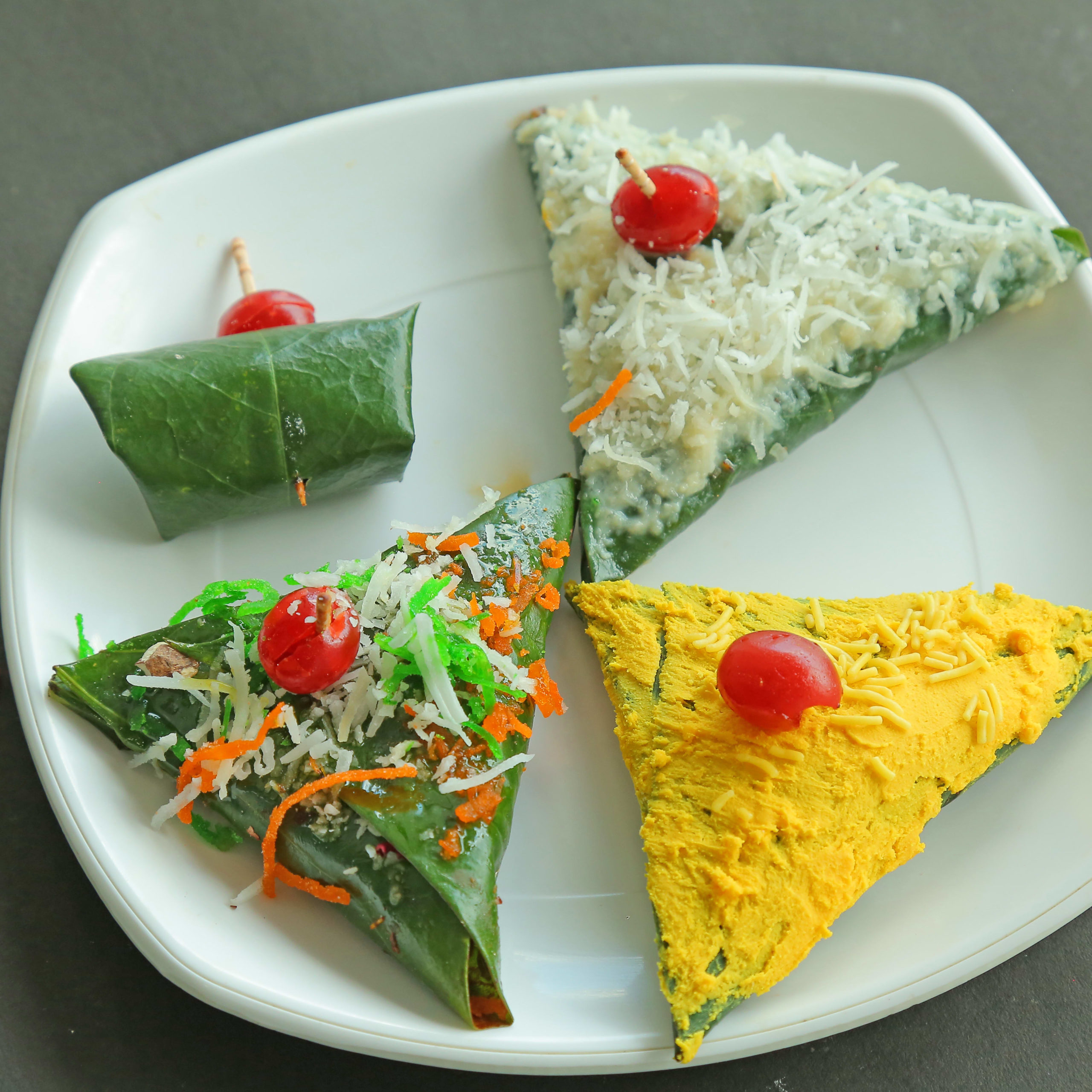
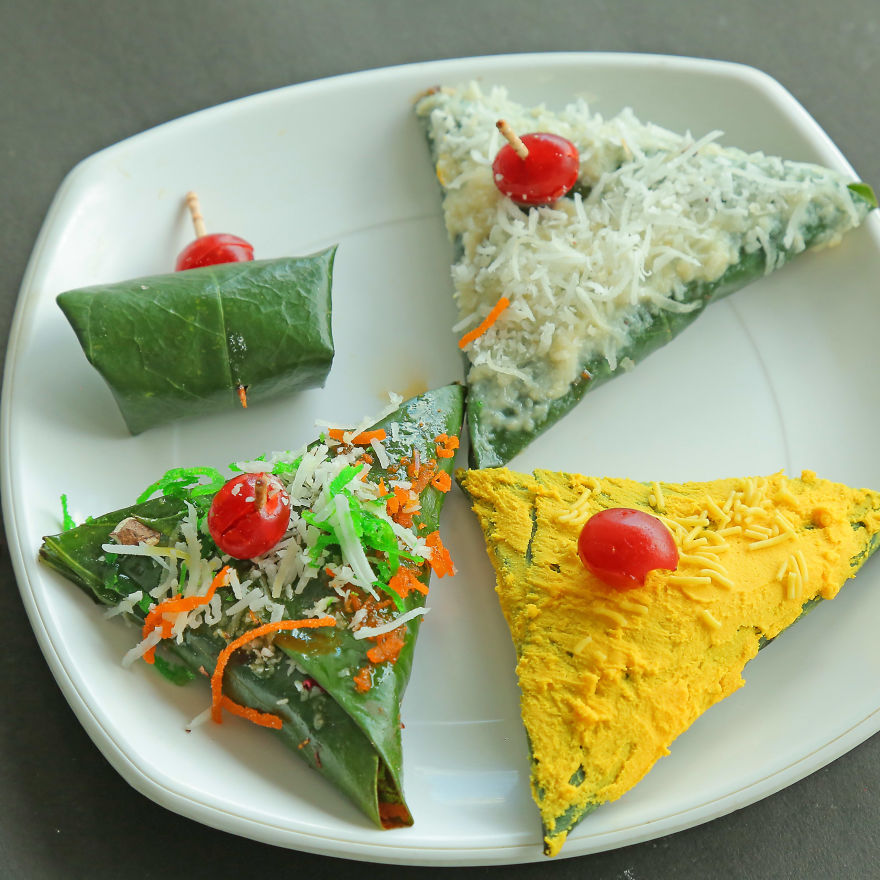
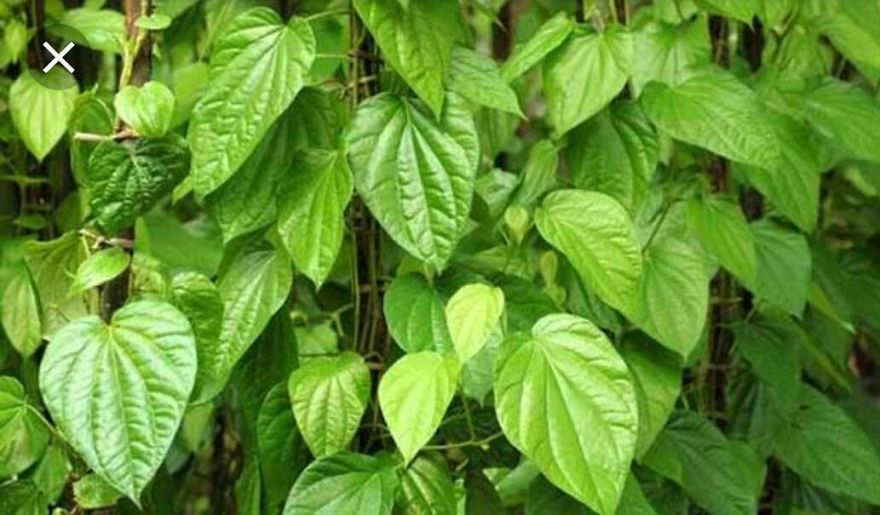
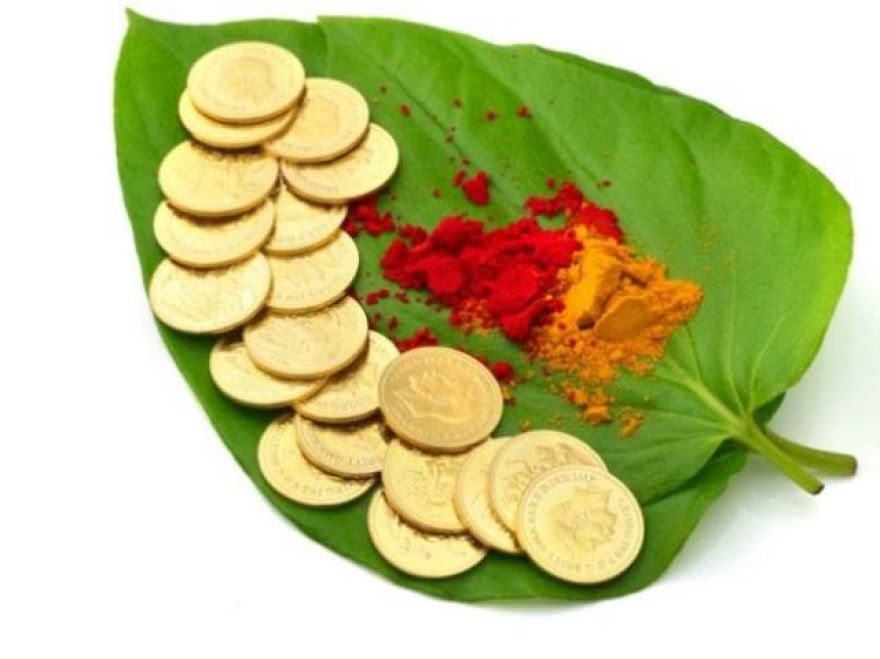
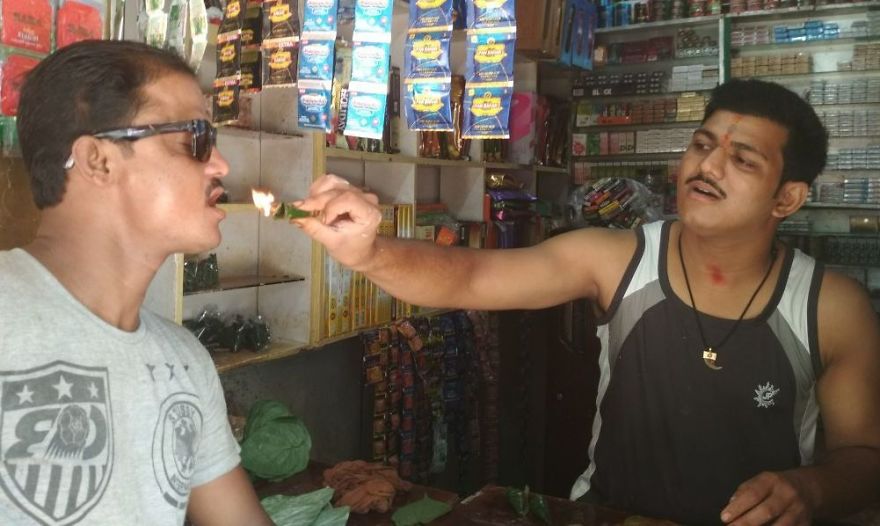
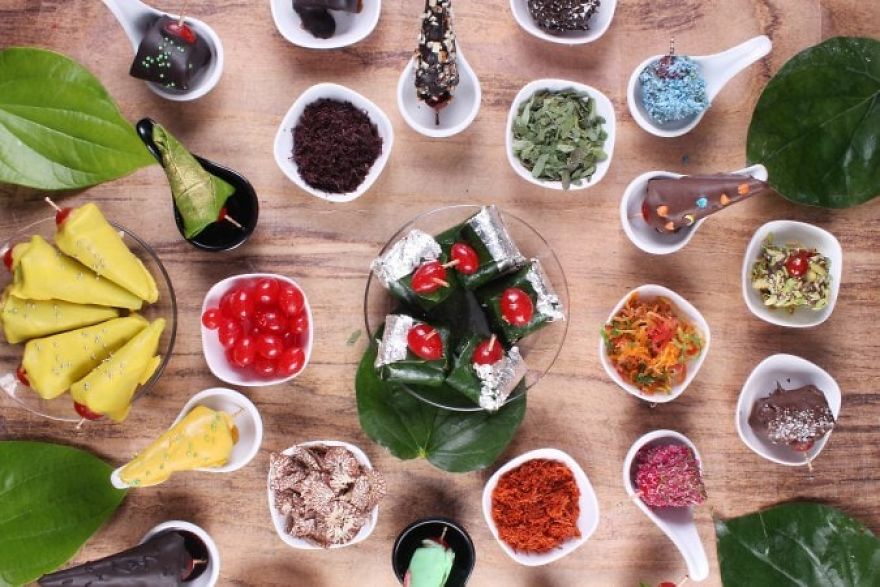
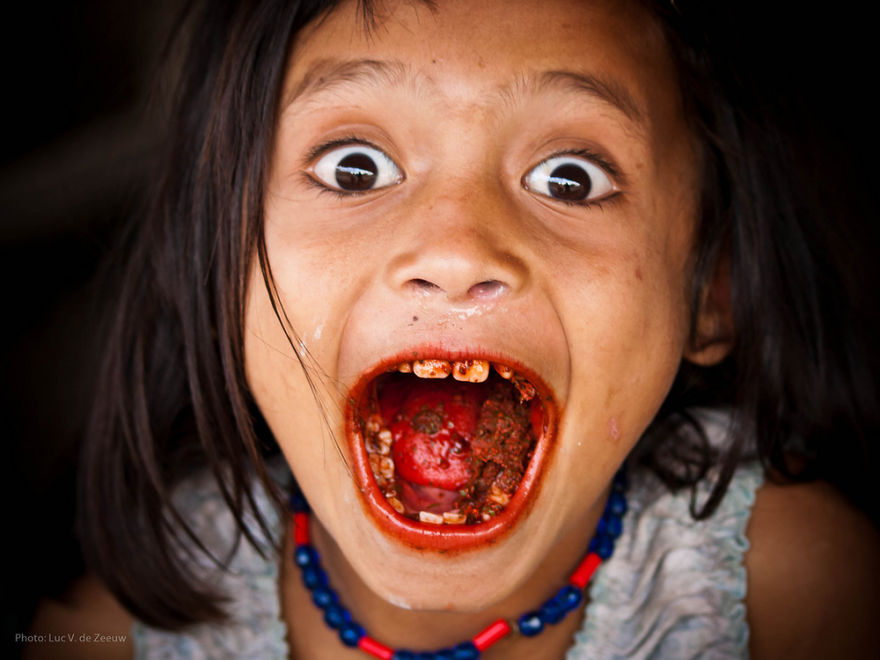




5
10